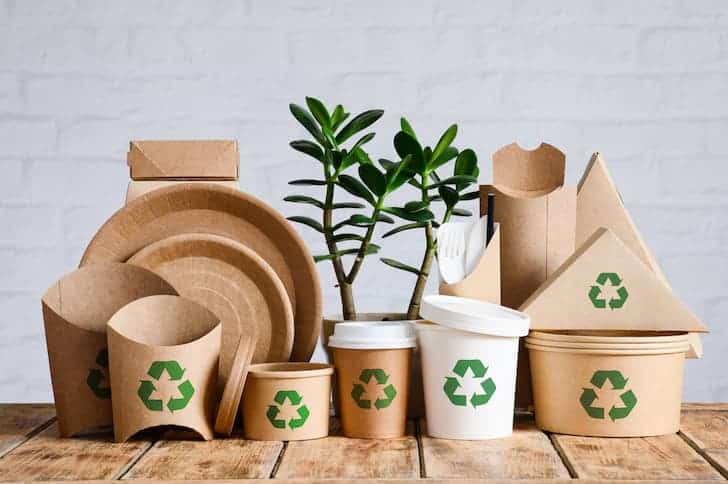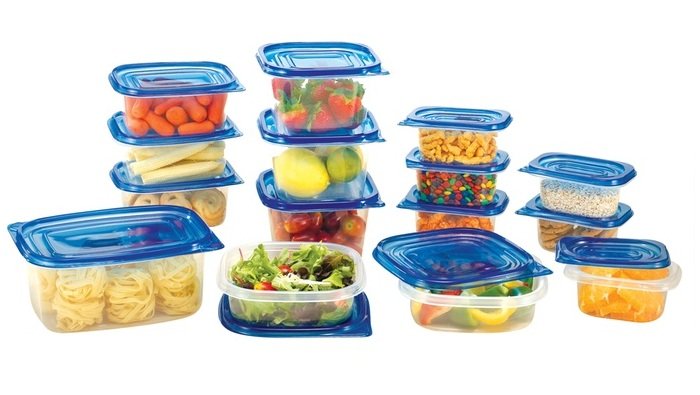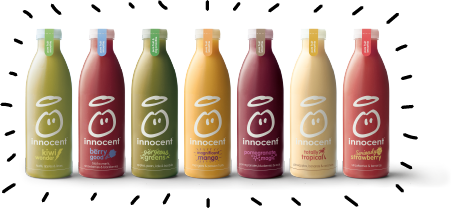Transform Your Brand: Green Packaging Solutions for Your Product
Environmental Impact of Packaging:
Traditional packaging materials like plastic, glass, and metal are causing environmental problems. Plastic packaging is a big issue because it creates a lot of waste, harms animals, and breaks down into tiny pieces called microplastics that can be bad for both marine life and humans. Glass, while durable, uses a lot of energy to make, is heavy to transport, and can be dangerous when it breaks. Metal packaging is made from resource-intensive mining and energy-consuming processes. They contribute to deforestation, water pollution, and habitat destruction. These materials, though recyclable, often end up as waste. To fix these problems, we need to reduce packaging waste, use more sustainable materials, improve recycling systems, educate consumers, and create regulations promoting eco-friendly practices in packaging.

Importance of Adopting Green Packaging Solutions
In our world today, how we package products matters for the health of our planet. Traditional materials like plastics, glass, and metals, which are important for keeping products safe, are causing big environmental problems. Switching to green packaging solutions is not just a trend. It is something we have to do to make sure our planet stays healthy for the future. Green alternatives are made from things that can be used again or materials that were already used before. They help a lot in reducing the pollution caused by making traditional packaging. They also break down naturally. This makes less waste in landfills and keeps wildlife and nature safer. Green packaging is a vital step in making sure we're not hurting our environment too much.

Statistics Highlighting the Importance:
- Packaging waste forms about 40% of municipal solid waste in the United States.
- An estimated 8 million tons of plastic waste enter the oceans annually.
- Global plastic production may reach 340 million tons by 2050 if current trends persist.
Examples of Sustainable Packaging Innovations:
- Edible packaging is made from algae or plant-based materials.
- Reusable and compostable containers for food and beverages.

- Packaging is crafted from recycled materials, like cardboard, paper, or glass.

Significance in Today's Market: As consumer awareness and demand for sustainable products grow, businesses embracing green packaging solutions not only contribute to environmental protection but also gain a competitive edge. Studies show that a majority of consumers are willing to pay more for products with eco-friendly packaging.
Benefits of Green Packaging for Brands:
Positive Impact of Green Packaging on Brand Image and Reputation
Green packaging is great for a brand's image. It shows that the brand cares about the environment. This is important to consumers. When a brand uses eco-friendly packaging, it makes consumers like the brand more. Thus, they become more loyal. Green packaging also helps the brand stand out from others. This attracts customers who care about the environment. It gets positive attention from the media and helps the brand meet environmental rules. Employees feel proud and engaged working for a brand that values sustainability. In simple terms, using green packaging makes a brand look good. Thus, attracting customers and creating a positive image.
Case Studies
Company Overview:
- A renowned footwear company specializing in comfortable and sustainable shoes.
Green Packaging Initiatives:
- Utilizes recycled cardboard for shoe boxes.
- Incorporates paper for shipping materials.
- Employs recycled polyester fiber for shoelaces.
Outcomes:
- Rapid growth and success are attributed to a comprehensive commitment to sustainability.
- Resonance with environmentally conscious consumers.

Company Overview:
- Innocent Smoothies, is a leading British smoothie company.
Sustainable Packaging Practices:
- Uses rPET (recycled polyethylene terephthalate) bottles made from recycled plastic bottles.
- Eliminates unnecessary packaging materials.
Outcomes:
- Reduction in environmental impact.
- Recognition for commitment to sustainability in packaging.
- Positive brand positioning as a sustainability leader.

Green Packaging Options and Innovations:
Here are some of the most popular eco-friendly packaging materials and design options available in the market:
Biodegradable Materials:
- Plant-based Plastics: Derived from renewable sources like cornstarch or sugarcane, these plastics break down naturally over time.
- Paper and Cardboard: Renewable and recyclable materials suitable for various packaging applications.
- Bio-based Foams: Foams are made from starch or sugar cane that break down into organic matter.
Recycled Content:
- Recycled Cardboard: Crafted from recycled paper pulp, commonly used for boxes and mailers.
- Recycled PET: Made from recycled plastic bottles, used for bottles, containers, and films.
- Recycled Aluminum: Derived from recycled aluminum cans, utilized in cans, foil, and other packaging materials.
Minimalistic Designs:
- Focus on using the minimum necessary material to reduce waste.
- Utilizes smaller boxes, eliminates unnecessary inserts, and employs clear packaging for product visibility.
Reusable Packaging:
- Reusable Bags: Multipurpose bags suitable for shopping, carrying groceries, or packing lunches.
- Reusable Containers: Ideal for storing food, snacks, or toiletries.
- Reusable Bottles: Designed for drinking water, carrying beverages, or storing homemade drinks.
Innovative and Sustainable Solutions:
- Edible Packaging: Made from plant-based materials like seaweed or fruit peels, safe for consumption.
- Compostable Packaging: Designed to break down into compost, enriching soil.
- Inkless Printing: Uses heat or pressure for designs, eliminating the need for inks containing harmful chemicals.
- Water-soluble Packaging: Dissolves in water, reducing landfill waste.
Cost-effectiveness and Feasibility:
Considerations:
- Product type: Varied packaging needs for different products.
- Shipping method: Compatibility with specific shipping methods.
- Consumer base: Recognition and willingness to pay for eco-friendly packaging.
Benefits:
- Long-term environmental and economic gains.
- Savings on waste disposal costs with reusable or easily recyclable packaging.
- Improved brand reputation, attracting eco-conscious consumers.
Conclusion:
In conclusion, businesses must switch to green packaging because traditional materials like plastic harm the environment. Green packaging solutions, like biodegradable options and recycled content, not only help the planet but also benefit businesses. This can be seen with successful cases like Allbirds and Innocent Smoothies. The market is moving towards eco-friendly products, and consumers are willing to pay more for sustainable packaging. So, businesses should explore and adopt green packaging. This would improve their brand image, attract eco-conscious consumers, and contribute to a healthier planet. It is not just a trend but a responsible step towards better packaging practices that benefit everyone.
If You Want To Know More About Other Eco-Friendly Materials:
- Leading the Charge: How Carbon-Negative Brands are Transforming Industries
- Unveiling Carbon-Negative Companies
- Biodegradable Plastics: The Eco-Friendly Solution You've Been Waiting For
Contact us
AirX is the world’s first carbon-negative bio-material made from coffee grounds manufacturer.
We specialize in producing bio-based composites using recycled carbohydrates derived from by-products such as coffee grounds, coconut husk, husk, and bamboo. Our goal is to promote sustainability through the use of eco-friendly materials.
We are always here to help and provide the best service possible. If you have any questions or would like to receive advice and feedback directly from our sales staff, please do not hesitate to contact us. You can reach us through:
Whatsapp: +84 969 742 950
Email: [email protected]
We look forward to hearing from you!

